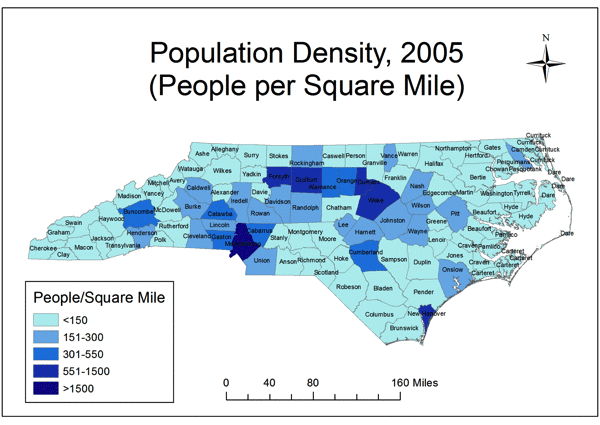Protecting streams and rivers
Spotlight on the Southeast shows why waterways need our help
The Southeast is home to abundant rivers and streams that provide drinking water for local communities, irrigation for agricultural producers, and abundant recreational opportunities for residents and visitors alike. These same rivers and streams also provide critical flood control, wildlife habitat and clean water. Yet these waterways are increasingly at risk.
- 38,205miles of freshwater streams in North Carolina
- 52aquatic species at risk of extinction in North Carolina
The Southeast is projected to become home to millions of new residents over the coming decades, and the related construction of roads, transmission lines and homes will only increase impacts to streams, rivers and wetlands across the region. To satisfy the "no net loss" standard of the Clean Water Act, federal and state regulations require developers to make every effort to avoid and minimize the impacts their projects have on aquatic ecosystems. In cases where impacts cannot be avoided, the law requires that they be offset. This is most often accomplished by restoring the health of a nearby stream.
The problem is that the current system does not include sufficient measures to verify that losses are restored. We need better quantification tools to ensure that the millions of dollars spent on mitigation of streams and wetlands are actually providing the promised benefits to these valuable ecosystems.
Improving the science
To ensure that the dollars invested in stream mitigation are working effectively, we must be able to measure a stream's aquatic function – the biological, physical and chemical features that make up the stream. Currently, offsets are determined by the number of linear feet of stream impacted or restored - not whether the stream's function is restored to a healthy condition. We must move beyond linear measurements to quantify the quality of the stream – the actual water quality and the wildlife it supports, for example – to ensure that the full value of restoration is achieved.
A tool under development in North Carolina and being adopted in Tennessee can more comprehensively assess stream function and ensure that impacts are offset with measurable benefits to the region's waterways.
Ground zero for restoration

Strong stream restoration policies and practices are critical for states like North Carolina, where population growth will result in new development projects that could threaten water quality and wildlife habitat.
North Carolina knows well the importance of pairing economic growth with conservation. In the early 1990's, the state faced a dilemma: a strong economy was attracting new development, but without an equally strong mitigation program in place, this growth, in some instances, came to a halt – all while water quality and wildlife suffered. To address this challenge, the state established a regulatory mitigation program.
Today, North Carolina's Division of Mitigation Services contracts with private stream restoration companies to offset unavoidable stream impacts. Statewide, $40 million is spent annually to offset impacts to the state's waterways and wetlands. Such mitigation projects play a critical role in maintaining healthy waterways, but only if the projects do the job they are supposed to.
North Carolina's current mitigation policy does not accurately quantify impacts and benefits to streams, which continues to pose threats to local water quality and wildlife habitat. By adopting a new and improved Stream Quantification Tool, North Carolina can change this trajectory and ensure that as the state's population and economy grow, its waterways remain healthy for drinking water, wildlife populations, and recreational use. In doing so, the state provides a model and a tool for other state and federal agencies to use as they seek to improve stream restoration across the country.











